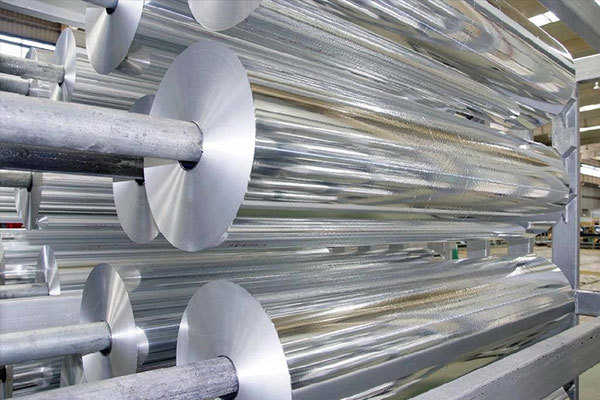Application of aluminum foil
Time:
Oct 14,2024
Aluminum foil, a versatile material commonly used in the kitchen, has found a new and unexpected application in the world of technology. Researchers have discovered that aluminum foil can be used as a low-cost and effective material for creating radio frequency identification (RFID) tags. These tags are utilized in a variety of industries for tracking and identifying items.
The idea of using aluminum foil for RFID tags came about when researchers realized that the material had properties that made it suitable for this purpose. Aluminum foil is lightweight, flexible, and easy to print on, making it an ideal candidate for creating RFID tags that can be attached to various objects. Additionally, aluminum foil is also cost-effective, making it a more affordable option compared to traditional RFID tag materials.
In a recent study published in a leading scientific journal, researchers demonstrated the feasibility of using aluminum foil for RFID tags. The study showed that aluminum foil tags performed just as well as traditional RFID tags in terms of readability and durability. This breakthrough could potentially revolutionize the way RFID tags are produced and used in various industries.
With this new application of aluminum foil, the possibilities are endless. From tracking inventory in warehouses to monitoring the movements of goods in transit, aluminum foil RFID tags could streamline operations and improve efficiency. This innovative use of a common household item highlights the power of thinking outside the box and finding creative solutions to technological challenges.
As researchers continue to explore the potential of aluminum foil for RFID tags, it is clear that this humble material has a bright future ahead. Who would have thought that a simple roll of aluminum foil could hold the key to revolutionizing the way we track and identify items in the digital age? It just goes to show that innovation knows no bounds, and sometimes, the most unexpected materials can lead to groundbreaking discoveries.









